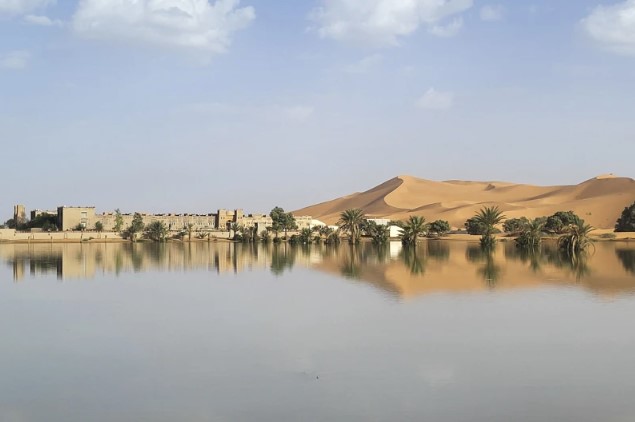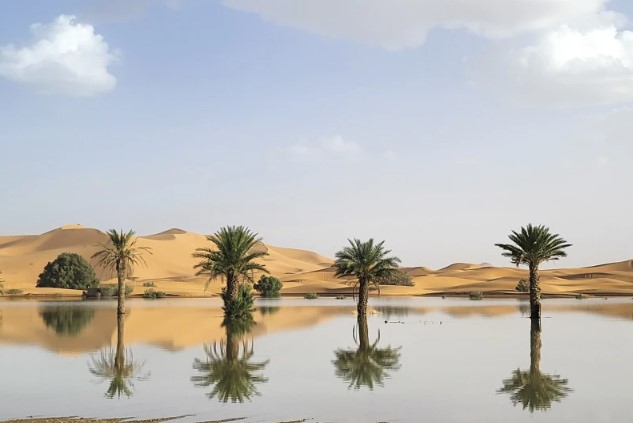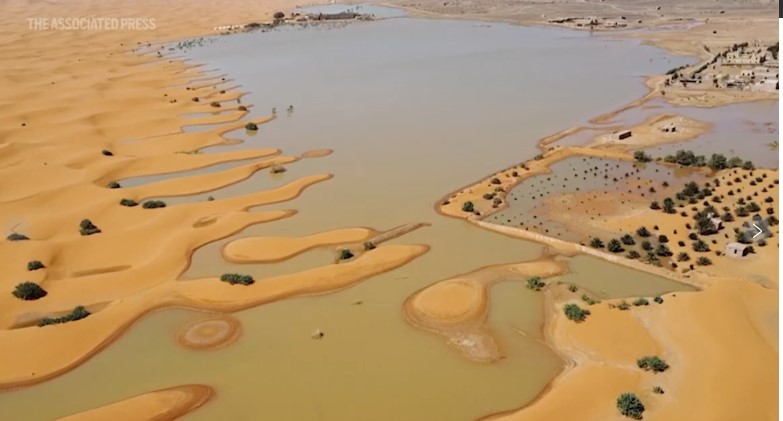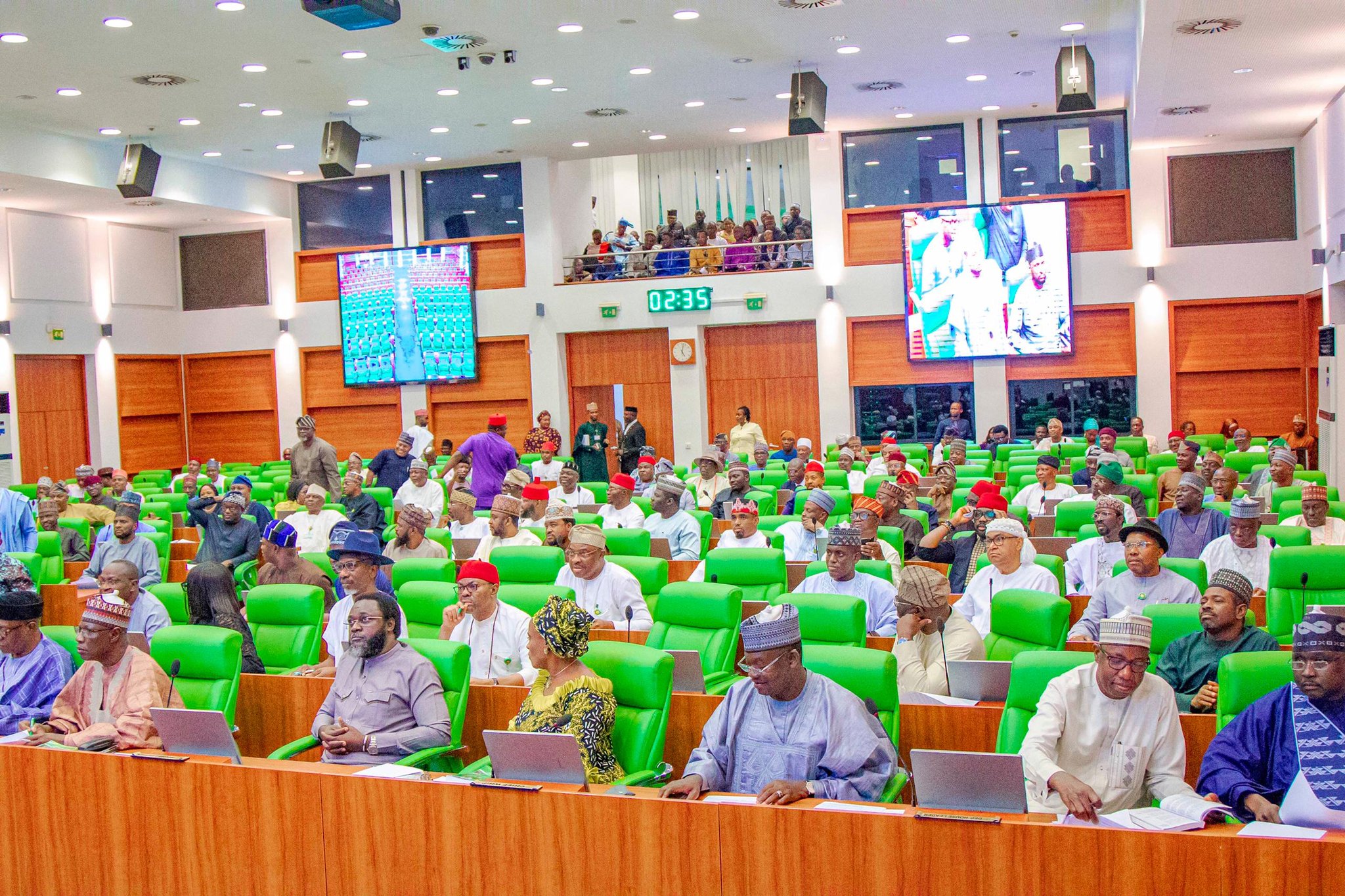A rare and unexpected rainstorm has turned parts of the Sahara Desert into striking blue lagoons, with water pooling around palm trees and sand dunes in Southeastern Morocco. The region, known as one of the driest places on Earth, experienced more rainfall in just two days last September than it usually does in an entire year. Areas like Tata were hit especially hard, with the Moroccan government reporting rainfall far exceeding annual averages.

In the village of Tagounite, located about 450km south of Rabat, over 100 millimeters of rain fell within 24 hours, creating surreal images of water flowing through the desert and filling Lake Iriqui—a dry lakebed that hadn't seen water in half a century. Tourists and locals alike were seen driving 4x4s through the newly formed lagoons, marveling at the rare sight.
Meteorologists attribute the heavy rainfall to an extratropical storm, a phenomenon that could bring more frequent storms to the region. Houssine Youabeb, from Morocco’s General Directorate of Meteorology, noted that it's been decades since the region has experienced such intense rainfall in such a short time.

While the rain brings hope of replenishing groundwater and refilling reservoirs after six years of drought, it also caused significant damage. More than 20 people were killed in Morocco and Algeria, and many farmers' crops were destroyed, leading the government to release emergency aid.




